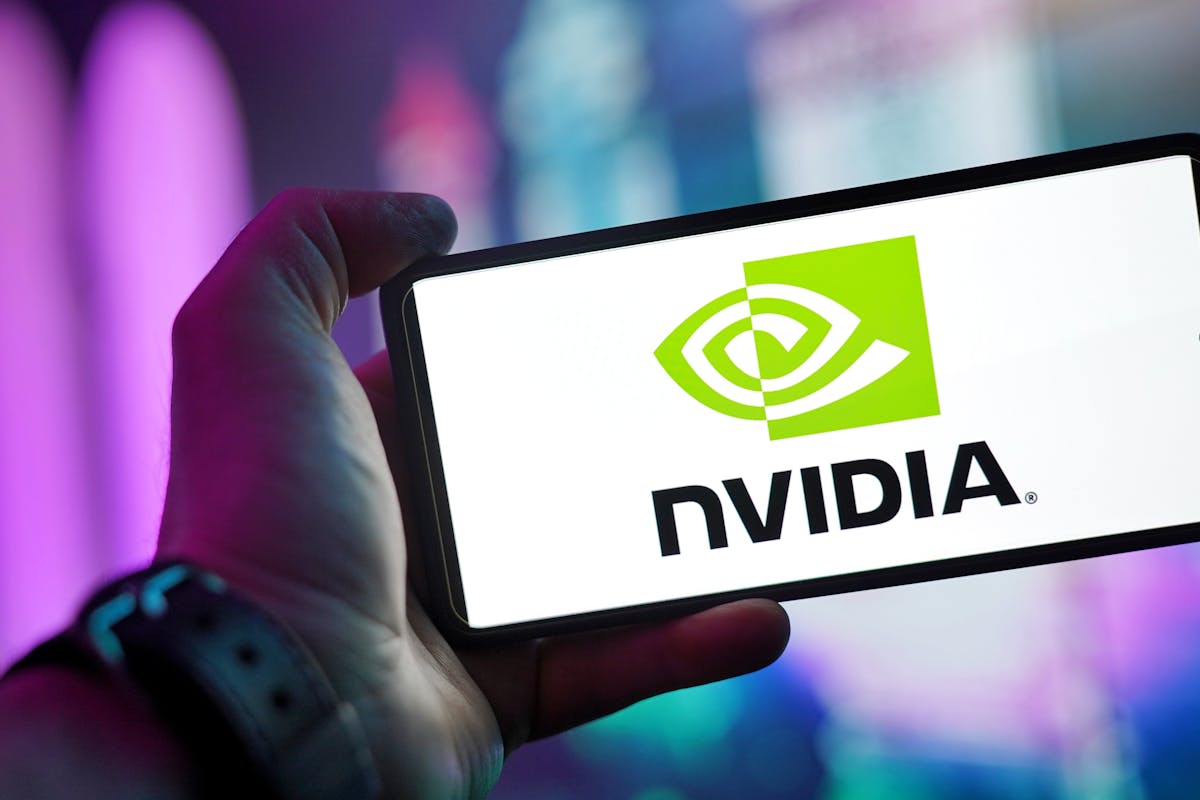Machine Learning 101: A Beginner’s Handbook
There are many complicated answers to questions like “What is ML?” and “How does it work?” But to keep it simple and basic, Machine Learning is a branch of Artificial Intelligence that operates on a data-driven approach. It utilizes historical data, analyzes it, understands the behavior and patterns hidden within it, and then makes predictions based on that analysis.
Types Of Machine Learning:
1. Supervised Machine Learning: Supervised Machine Learning utilizes labeled datasets to train algorithms in predicting outcomes and recognizing patterns. In supervised learning, the data is labeled, containing examples of both inputs (features) and correct outputs (labels). These algorithms analyze a large dataset of training pairs to infer the desired output value when making predictions on new data.

The perfect examples of Supervised Machine Learning include image and speech recognition, recommendation systems, and fraud detection.
2. Unsupervised Machine Learning: It utilizes unlabeled datasets to train self-learning algorithms—they learn without any labels or prior training. Instead, the model is provided with raw, unlabeled data and must infer its own rules and structure the information based on similarities, differences, and patterns without explicit instructions on how to process each piece of data.

There are many other types of machine learning, such as semi-supervised learning and reinforcement learning. However, they come into play when we delve deeper into the realm of machine learning.
Basic Key Concepts:
Data Cleaning: Data cleaning is an essential step in any machine learning project. It involves the process of refining the dataset, eliminating redundant values, null entries, outliers, and any corrupted data points. The goal? To ensure that the data is pristine and ready for model training.
Feature Engineering: the art and science of crafting the perfect set of features for your machine learning model. This process has four key steps: Feature Creation, Transformations, Feature Extraction, and Feature Selection. It’s all about identifying the most relevant attributes from your dataset, whether by combining existing features, applying transformations, or employing various techniques to extract meaningful insights.
Model Training: The most crucial part of machine learning is model training. The selected data is fed into the derived model to analyze it. Typically, we train the model on 70-80% of the data because using less data may lead to inaccurate outputs (underfitting), while using more data may cause bias towards the majority classes (overfitting). To be precise, underfitting occurs when the model is too simple and inaccurate, while overfitting happens when the model is too complex and memorizes the data.
Model Evaluation: The remaining 20-30% of the data is used to test the performance of the model. Different evaluation metrics are utilized to understand a machine learning model’s performance, strengths, and weaknesses. Techniques such as confusion matrix, accuracy, F1 score, etc., are employed for the same.
Applications of Machine Learning:
Image Recognition: “Identify images with Google Lens”
Speech Recognition: “Siri, Alexa understand your voice”
Traffic Prediction: “Google Maps predicts your route”
Weather Prediction: “Google Weather forecasts ahead”
Product Recommendations: “Netflix, Amazon suggest your next”
Personal Assistants: “Siri, Alexa assist your tasks”
Chatbots: “Engage with ChatGPT, Bard converses”
Stock Market Prediction: “Decode patterns for trading insights”
Supply Chain & Logistics: “Efficient routes, savings with ML”
Conclusion:
Machine learning is the new world’s gadget, a technology that is part of everyone’s lives, whether they realize it or not. There are many benefits to machine learning, but the opposite is also true. Machine learning is efficient, precise, and cost-effective, making the replacement of less skilled workers just a matter of time. In today’s world, knowledge is essential. You should understand exactly what machine learning is, what you are using, or what you’re up against. With that in mind, I’ve shared just the tip of the iceberg – basic knowledge of machine learning that everyone should have.
If you want to delve deeper into machine learning or have any questions, please feel free to reach out to me.








